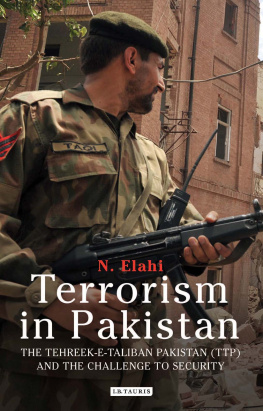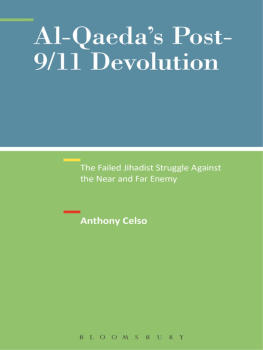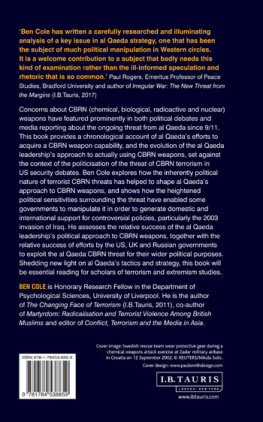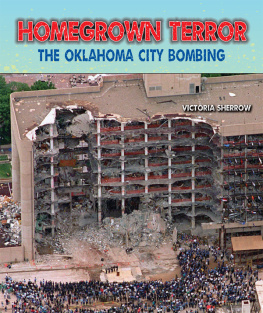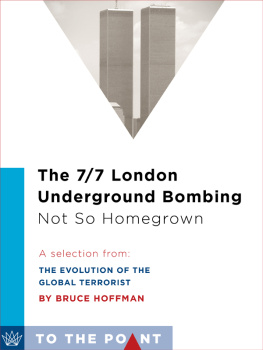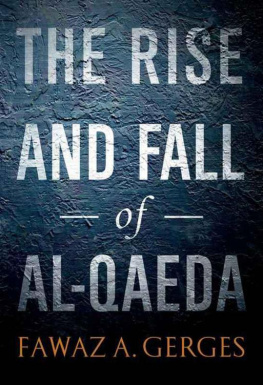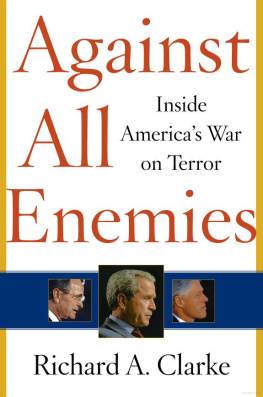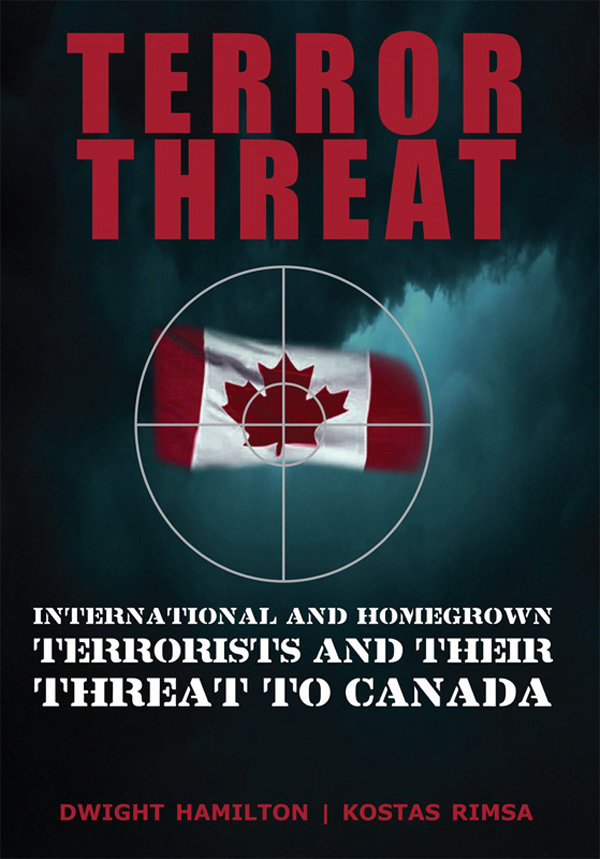Terror Threat
INTERNATIONAL AND HOMEGROWN
TERRORISTS AND THEIR
THREAT TO CANADA
Terror Threat
INTERNATIONAL AND HOMEGROWN
TERRORISTS AND THEIR
THREAT TO CANADA
Dwight Hamilton
Kostas Rimsa

Copyright Dwight Hamilton and Kostas Rimsa, 2007
All rights reserved. No part of this publication may be reproduced, stored in a retrieval system, or transmitted in any form or by any means, electronic, mechanical, photocopying, recording, or otherwise (except for brief passages for purposes of review) without the prior permission of Dundurn Press. Permission to photocopy should be requested from Access Copyright
Copy-editor: Andrea Waters
Designer: Erin Mallory
Printer: Transcontinental
Library and Archives Canada Cataloguing in Publication
Hamilton, Dwight, 1963
Terror threat : international and homegrown terrorists and their threat to Canada / Dwight Hamilton, Kostas Rimsa.
ISBN 978-1-55002-736-5 (bound)
1. Terrorism--Canada. I. Rimsa, Kostas II. Title.
HV6433.C3H34 2007 303.6250971 C2007-904656-8

We acknowledge the support of the Canada Council for the Arts and the Ontario Arts Council for our publishing program. We also acknowledge the financial support of the Government of Canada through the Book Publishing Industry Development Program and The Association for the Export of Canadian Books, and the Government of Ontario through the Ontario Book Publishers Tax Credit program and the Ontario Media Development Corporation.
Care has been taken to trace the ownership of copyright material used in this book. The author and the publisher welcome any information enabling them to rectify any references or credits in subsequent editions.
J. Kirk Howard, President
Printed and bound in Canada
www.dundurn.com
Dundurn Press
3 Church Street, Suite 500
Toronto, Ontario, Canada
M5E 1M2 | Gazelle Book Services Limited
White Cross Mills
High Town, Lancaster, England
LA1 4XS | Dundurn Press
2250 Military Road
Tonawanda, NY
U.S.A. 14150 |
Keep neither a blunt knife
nor an ill-disciplined looseness of tongue.
Epictetus
Table of Contents
Intelligence File: Complex Terrorism
Intelligence File: Complex Targets and Methods of Attack
Intelligence File: Nuclear, Biological, and Chemical Weapons
Intelligence File: Al Qaeda Backgrounder
Intelligence File: Liberation Tigers of Tamil Eelam
Intelligence File: Recruitment and Development
Intelligence File: Al Qaeda Training and Tactics
Intelligence File: Terrorist Group Organization
Intelligence File: Assassinations in Terrorism
Intelligence File: Suicide Terrorists
Acknowledgements
The authors are grateful for the expertise of Bruce Koffler as well as the support of the Ontario Arts Council for this project.
Preface
T his book was written in an attempt to bring Canadians up to speed on most of the myriad aspects of terrorism. Six years after the events of September 11, 2001, the publics perception of the so-called war on terror is that it is a fiasco.
Consider the debate earlier this year when an Ottawa-based professor suggested that the minister of national defence and the chief of the defence staff should be tried in the Hague for complicity in war crimes. The professor felt he could rationalize his position, as combatants captured by Canadian troops in Afghanistan are handed over to the Afghans, who can be less than gentle at times with their alleged insurgents.
Just this June a coalition of Quebec-based peace groups calling itself Guerre la Guerre (War Against War) launched a letter campaign, mailing more than two thousand envelopes to soldiers, their spouses, their children, and anyone else who happened to reside near Valcartier, before its base deployed an overseas contingent. Canadas role in Afghanistan is a trap. It means on-the-ground Canadian soldiers become cannon fodder for the illogical and unjust policies of generals and politicians, the letter read. It also warned that troops would be involved with complicity with the civilian deaths and other activities like the transfer of prisoners to potential torture and death that are tantamount to war crimes.
It would seem that nothing has changed in la Belle Province since the conscription crisis of 1917. Notwithstanding the fact that encouraging desertion among serving soldiers could be considered tantamount to an act of treason, sending nasty notes to those in uniform is an old Front de Libration du Qubec (FLQ) trick (see page 22). But there is another issue here: all this banter over war crimes was a field day in the media, and the conflict can be used as priceless propaganda by Islamic terrorists and their fan clubs. In the ninjas world it is known as an attack on the mind castle. Now Canada can be seen in the worlds eyes as having a governmental regime that would make Idi Amin blush. As was said in The Six Napoleons: The press, Watson, is a most valuable institution, if only you know how to use it. Even a top leader in the FLQ (and the author of its second manifesto) admitted to the CBC in 1990 that the media was instrumental in that terrorist groups efforts.
Actually, some would like us to believe that Canada will have a maximum impact FLQ dj vu this year, as a communiqu apparently from that group circulated and said strategic targets of importance would be hit in Montreal, including bridges, railways, airports, gas stations, government offices, and shopping malls. We will especially target traffic on main highways, the communiqu continued, a combination of vehicles, letter bombs [and] remote-control explosive devices will be used and most of these devices are already in place.
While the message was seemingly directed to businesses that dont conform to Quebecs French-language law, it is nothing new. In December 1986, several outlets of a department store chain in Quebec were bombed with Molotov cocktails by a group purporting to be a new cell of the FLQ whose demand was to ban the retail stores English signage. The label was adopted because of its public relations value and illustrates a little-known feature of terrorism: well-known names being used by copycats for additional leverage in achieving their objectives.
The authors have attempted in this book to stick to a policy of not naming suspected terrorists awaiting trial; only those convicted of terrorism offences are identified. Although the suspects names are already in the public domain, the writer of a book (as opposed to periodicals that have a relatively short shelf life) has an additional responsibility to attempt to ensure fairness, and no one undeserving should have their names lingering in a terror tome for years.
It would also take us years to explain the topic of terrorism in its entirety, hence the unique format of this work. In addition to three narrative chapters, we include a set of ten intelligence files that are stand-alone works covering specific issues, some more technical than others. Due to time and space constraints, cyber-terrorism and terrorist group financing are not covered, but the authors feel that these topics received adequate attention in our earlier work. Appendices include the federal governments list of banned terrorist organizations as well as an eclectic collection of documents written by terrorists themselves.



